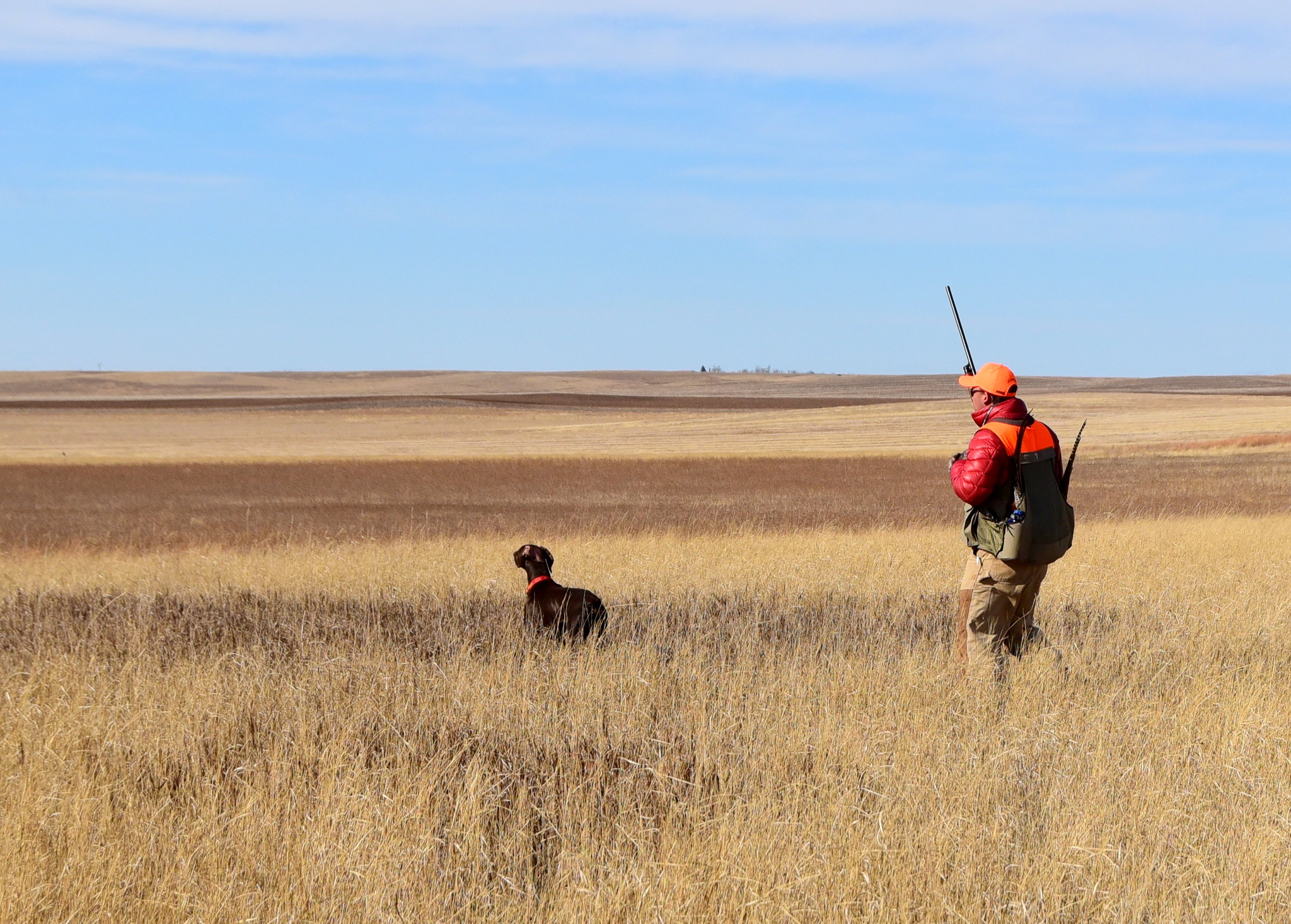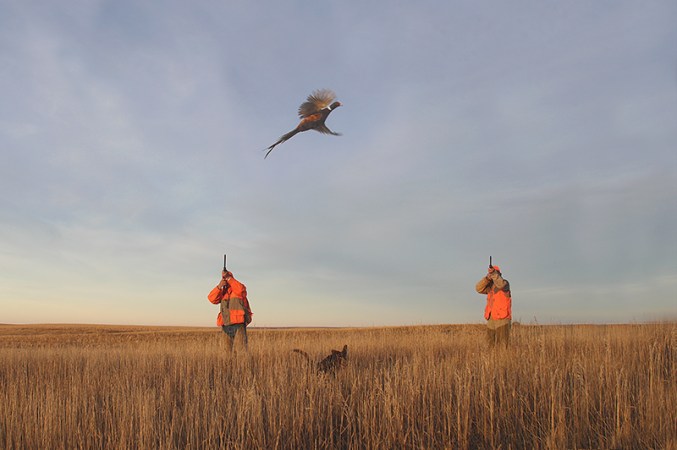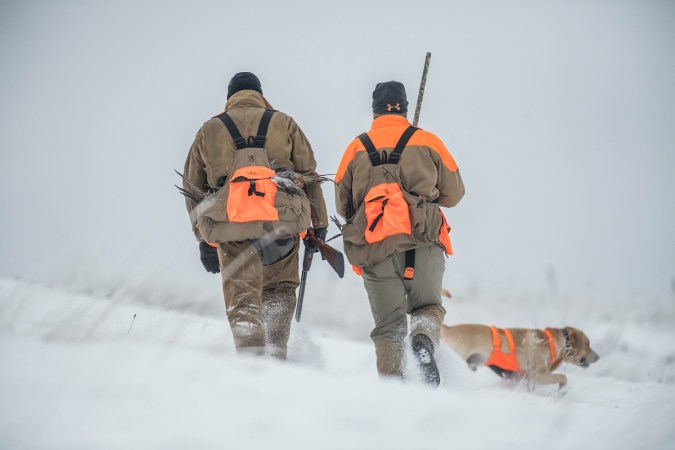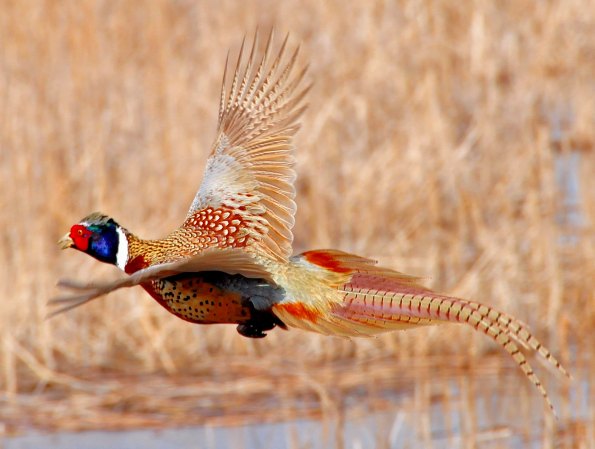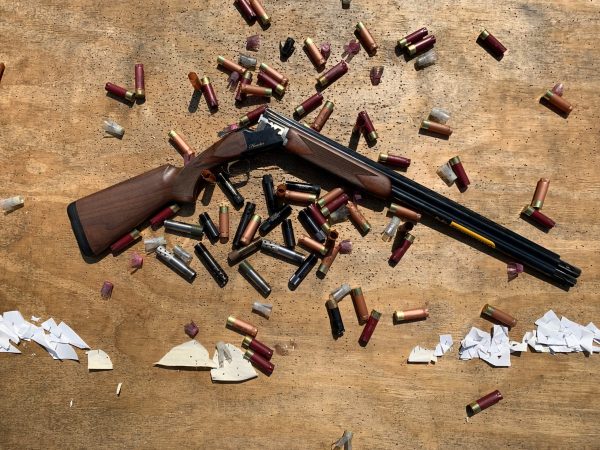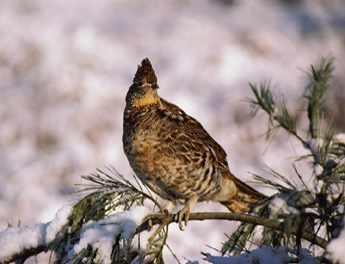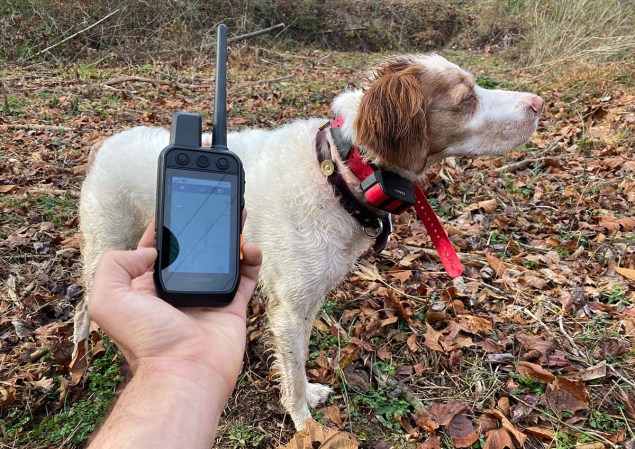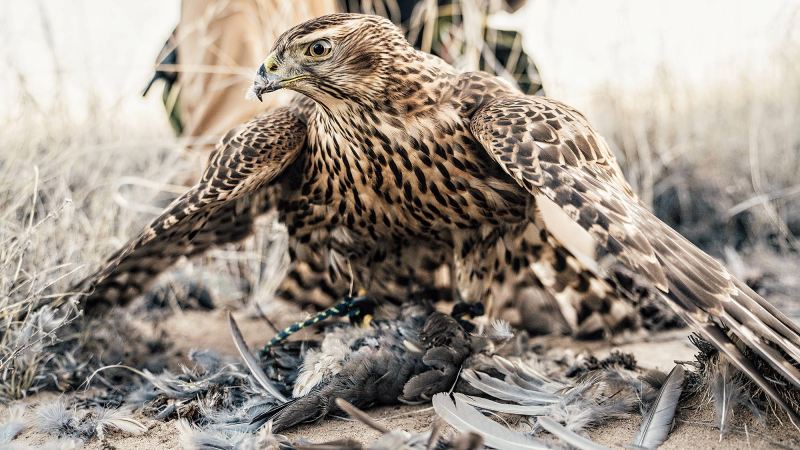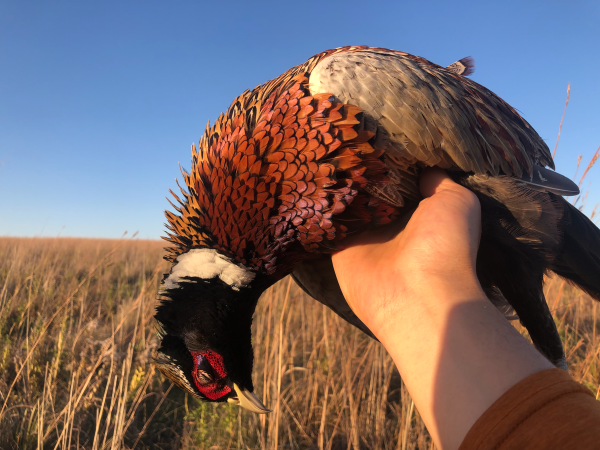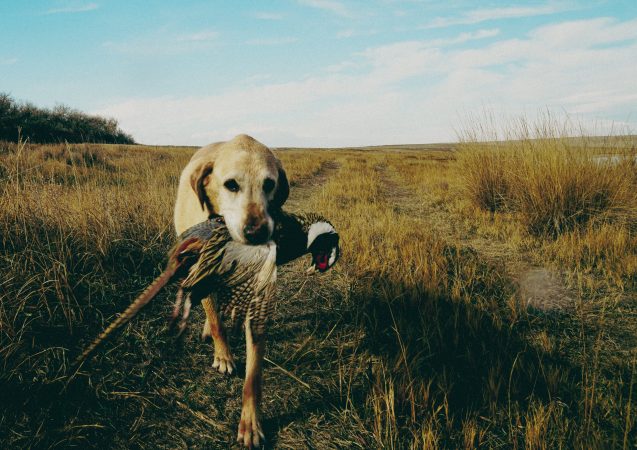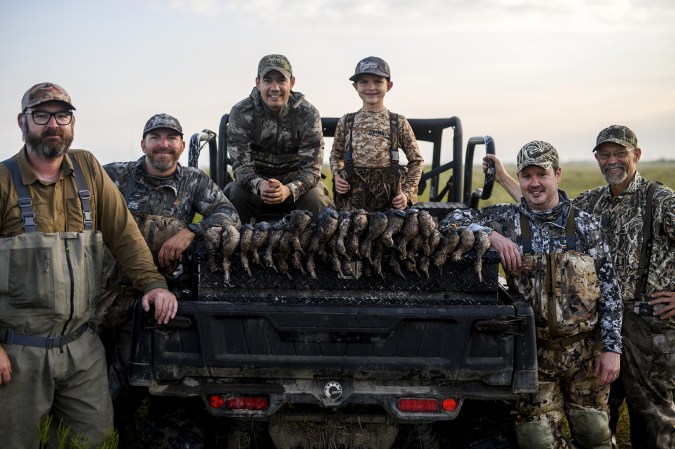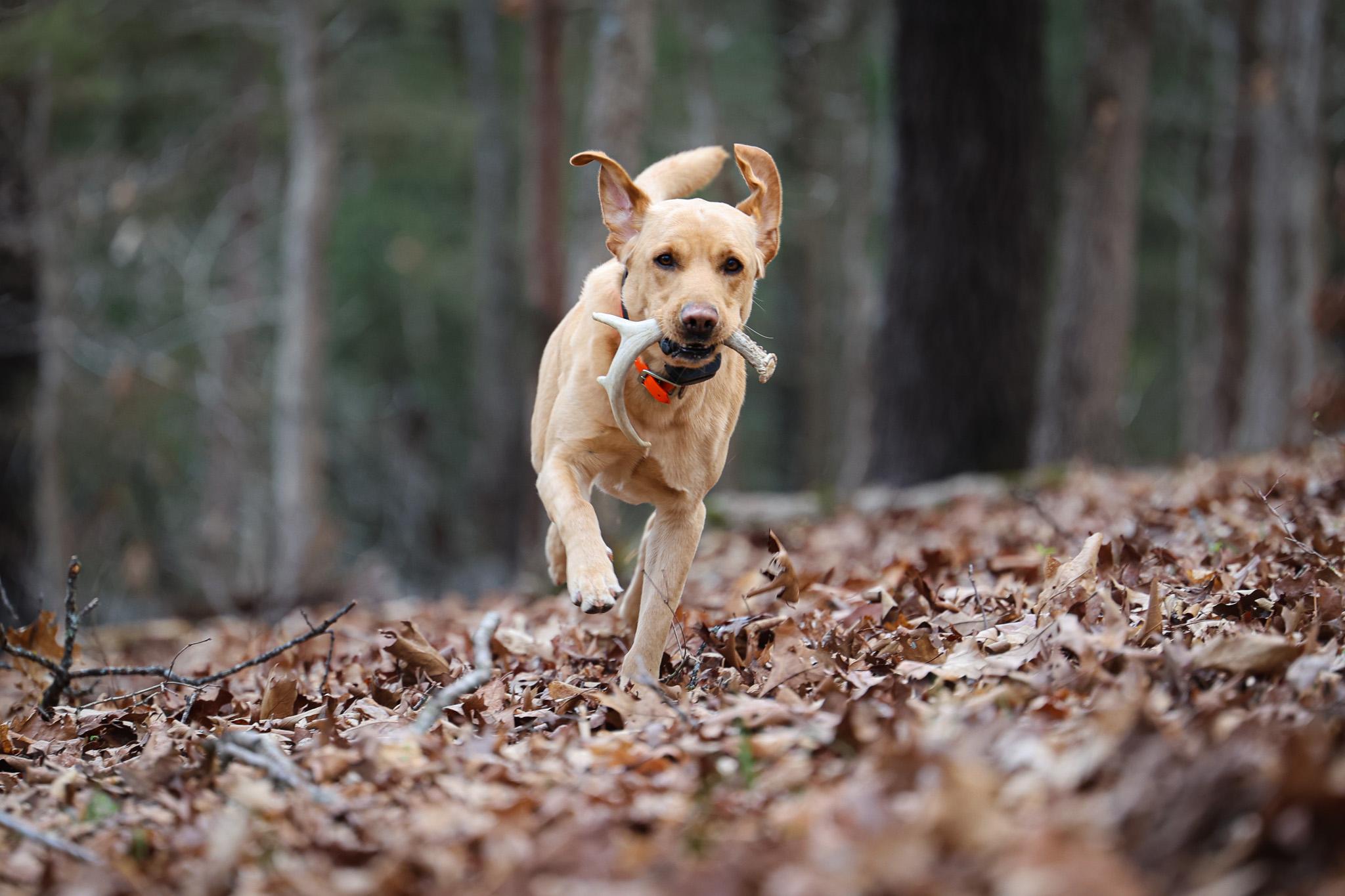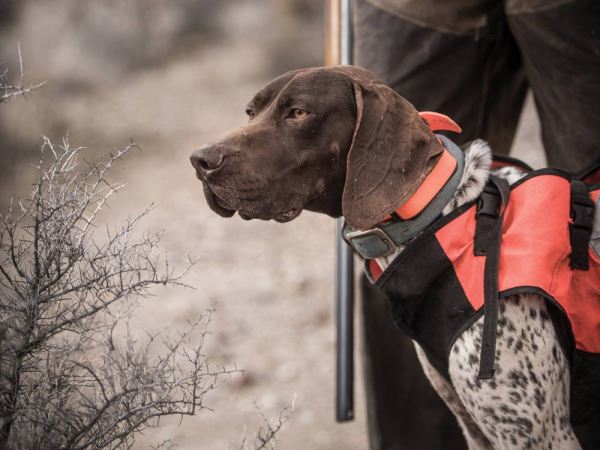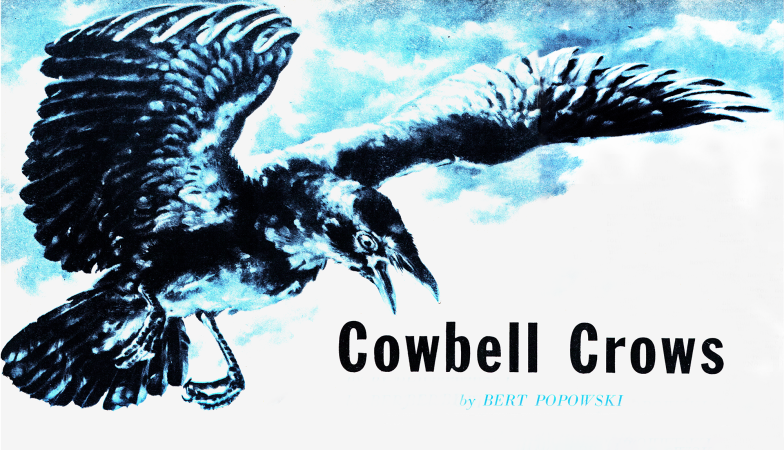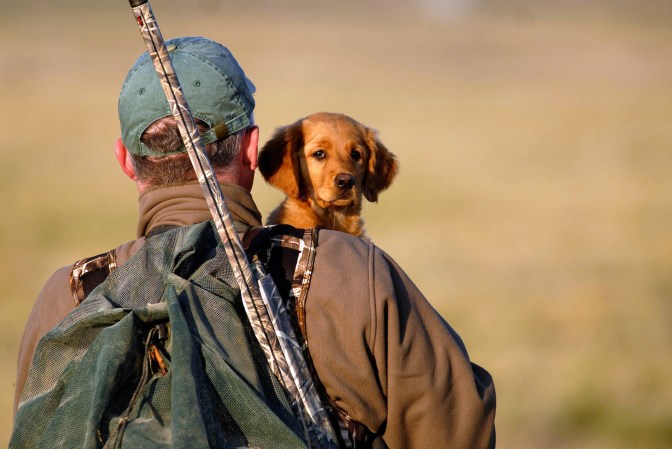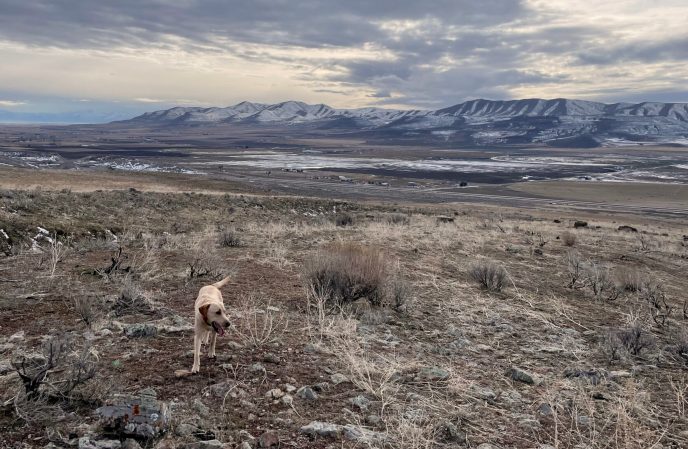Big-gang pheasant hunting can be logistically challenging, aesthetically unenjoyable, and surprisingly unproductive. To find greater satisfaction and shoot more birds, pursue ringnecks two-on-one: just you and your dog versus a wily, long-spurred rooster. Here are three habitat-focused approaches to hunt pheasants solo. Get your dog a flush or point, then give that longtail a ride in your game bag.
Look for Ribbons
Pheasant country is full of strip, or ribbon, cover, including irrigation ditches, fencerows, grassy swales, and rights-of-way, and hunting it into the wind is a classic tactic. Drive or swing wide around a ribbon to get into position at the downwind end. Move slowly, pause often, and don’t rush. Let the dog quarter ahead, back and forth across the cover, as you follow. Even a pointing dog should be kept within shooting range, so you can bag any nervous roosters that erupt early.
While working into the wind may be the traditional approach for hunting ribbons, using crosswinds can be even better. Start from either end of the cover strip. Instead of pushing toward escape cover, move toward an open area or obstruction to stall the birds. Work on the downwind side of the strip, keeping the dog close and letting the breeze carry scent to her.
With either wind, respect your dog’s nose and experience: Let her work out into the surrounding crop stubble, hay land, or pasture. Ringnecks often scoot across open ground to hide in small patches of sparse cover in order to get away. Let the dog backtrack and work behind, too, as roosters like to slink out the back door.
Keep your dog close to the end of the strip, to avoid out-of-range flushes from skittish birds that were running ahead. But if the dog is hot and booking it, you need to get moving, too.
Strategically Work Big Blocks
You and your dog can efficiently hunt big blocks of cover, such as fallow fields, the open prairie, or CRP sections. The effective tactic involves hunting slowly, pausing often, being patient and thorough, and working “cross lots” with regard to the wind. Get into position at one downwind corner of the cover block. Instead of working a straight line into the breeze, walk across the wind to the other side of the block, cut upwind a ways, then cross back to the other side where you started. Follow this pattern to the other end of the cover.
Read Next: The Best Upland Hunting Vests of 2023
This hunting flow covers ground, lets your dog catch scent coming from unhunted areas, and helps you pick up birds that scoot ahead or around you. If you walk a straight line, you reduce your coverage zone and make it easy for roosters to elude you. Take your time and keep your dog working in circles around you. Pause often to let her sort things out, and hustle up if she gets birdy; you can always get back on pattern later. After the first pass, don’t be afraid to swing back around and work the cover again: You’ll rarely move all the birds the first time through.
Hit That Last Patch of Cover
Small pieces of cover—the lost corner of an irrigated field, an isolated cattail patch, that tangle of weeds behind the barn—are pheasant heaven, but they’re tough to hunt because the birds know what’s up before you ever get there. This tactic calls for a surprise attack. Even if your dog is a reliable heeler, put her on a lead, as there’s no room for miscues or misbehavior when hunting a small parcel. Stay downwind and out of sight of the target parcel. Use terrain and vegetation to approach and sneak into position. Only unleash the dog when you’re well within shooting range of the parcel. Be ready before and as you wade into cover. Pause at strategic spots (a rise of ground, a corner next to grain stubble, a potential escape corridor) as you let your dog do what she was bred to do.
